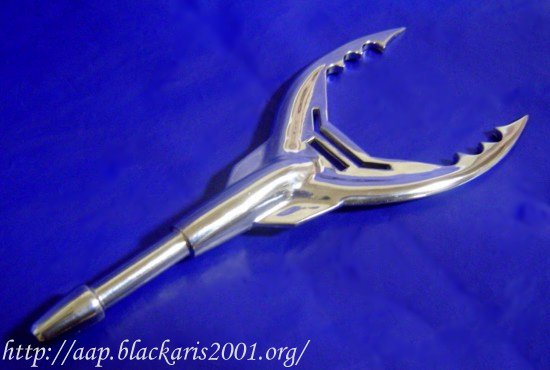- Joined
- Aug 20, 2006
- Messages
- 13,000
A team at UCLA has managed to fuse magnesium with silicon carbide to create a new metal that may prove useful in the manufacture of planes to mobile electronics.
Magnesium, at just two-thirds the density of aluminum, is the lightest structural metal. Silicon carbide is an ultra-hard ceramic commonly used in industrial cutting blades. The researchers technique of infusing a large number of silicon carbide particles smaller than 100 nanometers into magnesium added significant strength, stiffness, plasticity and durability under high temperatures.
Magnesium, at just two-thirds the density of aluminum, is the lightest structural metal. Silicon carbide is an ultra-hard ceramic commonly used in industrial cutting blades. The researchers technique of infusing a large number of silicon carbide particles smaller than 100 nanometers into magnesium added significant strength, stiffness, plasticity and durability under high temperatures.
![[H]ard|Forum](/styles/hardforum/xenforo/logo_dark.png)
